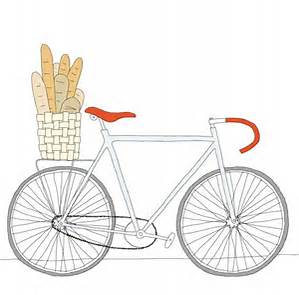Does Carb Cycling Rev Up Your Fat Burning Machine?

We’ve come a long way in our understanding of how the body works and how food influences the body’s performance. Back in the 80s and 90s, we were obsessed with the low-fat lifestyle, eschewing foods with fat like cheese, butter and yogurt, for their low-fat, and usually less satisfying, siblings.
Recently, a trend called Carb Cycling has evolved from bodybuilding “get cut” strategy to a mainstream fat loss plan. Carb cycling, also known as a cyclic ketogenic diet, is a low-carbohydrate diet with intermittent periods of high or moderate carbohydrate consumption. The idea is to maximize fat loss while maintaining the ability to perform high-intensity exercise. Exercise requires carbohydrates to optimize muscle performance and provide instant energy. Carb cycling is praised for its ability to lean people out without sacrificing muscle.
Carb cycling may also be a backlash of the low carb movement that grabbed America by the baguette in recent years. Sticking to a strict, low-carb diet for an extended amount of time is very difficult for most people. Too much restriction leads to bingeing and then overly-restrictive calorie counting and, thus, a yo-yo diet is born. Scientifically speaking, long term consumption of a diet low in carbohydrates can adversely affect the body. Major health conditions, such as heart arrhythmias, osteoporosis, kidney damage, increased cancer risk, and impairment of physical activity can all be linked to long-term restriction of carbohydrates in the diet.
The strictest methods of carb cycling involve counting calories in order to create a calorie deficit. In addition to counting calories, intense carb cycling requires breaking down the amount of proteins, carbohydrates and fats you consume. It’s quite a bit of work. Some personal trainers recommend a simpler strategy of three days low-carb followed by one day of higher carbs to restock glycogen stores. Carb cycling could be great for several reasons. 1) It helps those who are trying to lose weight from feeling deprived. 2) It reduces the bloat that many experience from eating some carbs. 3) It offers the opportunity for a more varied, nutrient rich diet.
The caveat: Every carb cycling diet I’ve seen gives outdated advice on other foods to eat. Sample menu plans call for egg white omelets, low or no fat cheese and fat free yogurt. I would argue that it is better to eat higher fat yogurt and cheese rather than the low/non-fat varieties. Fat provides flavor and, therefore, satiety, and makes us feel fuller longer. In addition, we should know by now that eating whole foods is the best way to ensure an well-rounded diet that includes all foods in moderation.
There have been no studies conducted on the long term effectiveness of the carb cycling diet, so, as always, be an informed consumer if you opt to take this path to weight management.

















